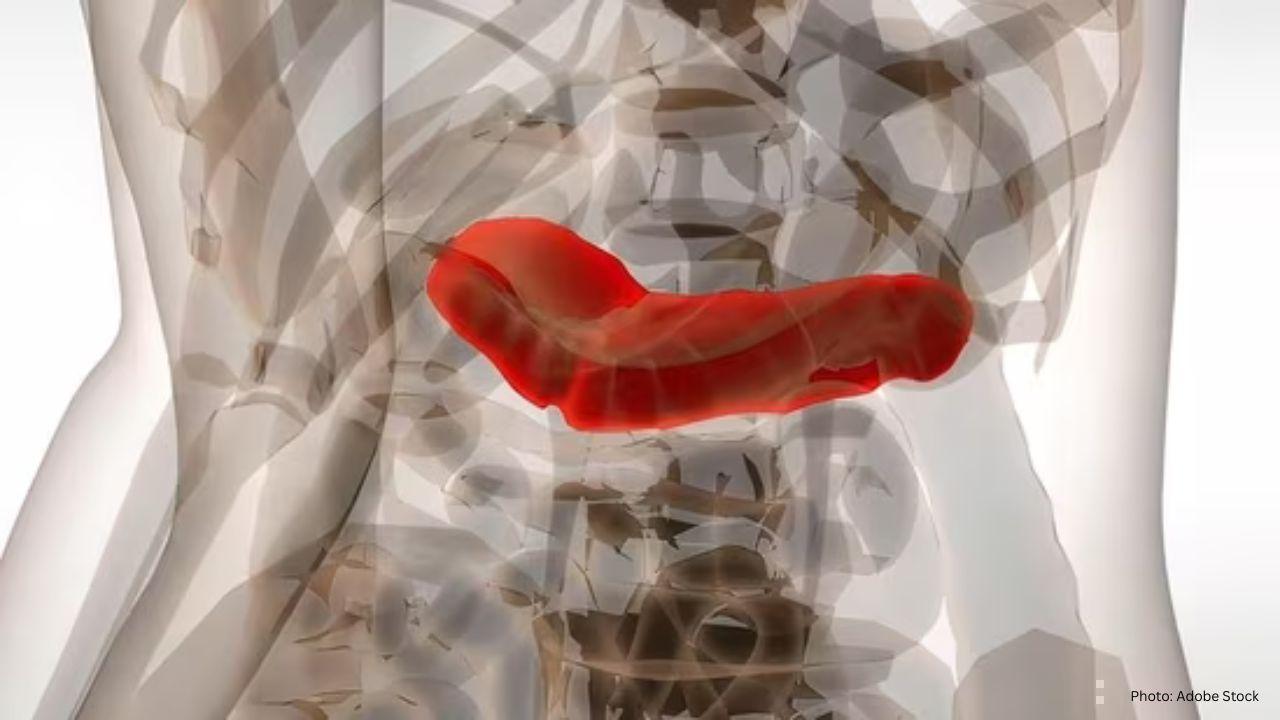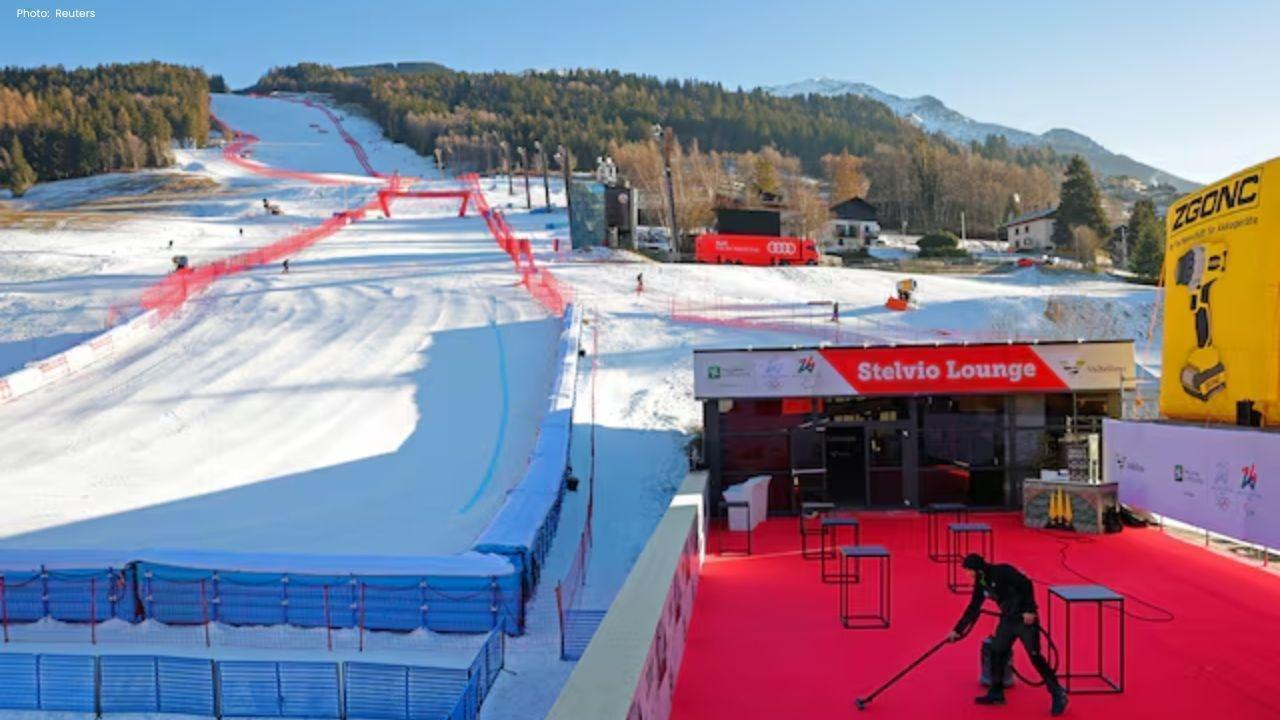
Post by : Saif Nasser
A persistent bulge in the lower abdomen can often be a source of frustration for many, even with careful dieting and regular workouts. According to fitness expert Julie Capozziello, this issue might not solely be attributed to body fat. Instead, it can frequently stem from a postural problem known as anterior pelvic tilt. This occurs when the pelvis tilts forward, resulting in an increased arch in the lower back and tight hip flexors. Over time, this misalignment can push the stomach outward, giving the impression of a lower belly pooch—a scenario commonly exacerbated by prolonged sitting.
Julie identifies several indicators of anterior pelvic tilt. Individuals may observe that their spine exhibits an exaggerated curve, ribs flare out, and their core struggles to provide stability. The hip flexors become constricted, glutes weaken, and the pelvis shifts forward, potentially leading to lower back discomfort. Additionally, common exercises such as squats and lunges might become more challenging for the hips while placing undue stress on the back. Recognizing these symptoms is fundamental for correcting posture and modifying belly shape.
To correct anterior pelvic tilt, specific exercises aimed at enhancing weak muscle groups and improving mobility are essential. Julie shares various routines that require no special equipment. One effective exercise is the quadruped pelvic tilt, where you gently elevate and lower the pelvis while engaging the core. The deadbug toe tap, performed while lying on your back with a flat spine, prioritizes slow, controlled movements. Another beneficial drill is the bear hold toe tap, which necessitates maintaining a strong core while extending each leg from a lifted-knees position. Controlled hip rotations, referred to as Hip CARs, enhance hip flexibility and counteract the forward tilt, while the happy baby stretch alleviates stiffness in the lower back and alleviates the excess arch.
Julie stresses the importance of daily posture just as much as exercise. By making minor adjustments—such as tucking the pelvis slightly, lowering the rib cage, and keeping shoulders tucked back—noticeable improvements can be achieved over time. Being conscious of posture during sitting, standing, and moving throughout the day supports the effectiveness of these exercises and bolsters core strength.
Ultimately, the shape of the lower belly isn't always a direct reflection of one’s fat levels. Many individuals may enhance their abdominal appearance by rectifying anterior pelvic tilt and consistently strengthening their neglected muscles. Through targeted exercises and day-to-day posture mindfulness, it’s possible for the lower belly to become slimmer, alleviate back strain, and improve overall body posture. Recognizing the underlying cause of the bulge is vital for effective resolution; small, steady changes can yield long-lasting improvements.










PTPA Closing In on Agreement with Tennis Australia Regarding Player Issues
The PTPA is nearing a resolution with Tennis Australia on player welfare concerns ahead of the 2026

Mushfiqur Rahim Celebrates Century in His 100th Test Against Ireland
Mushfiqur Rahim marked his 100th Test with a stunning century, a milestone only achieved by ten othe

Shubman Gill Absent for Second Test; Rishabh Pant to Lead India
With Shubman Gill injured, Rishabh Pant steps in as captain for India's second Test against South Af

Italy Triumphs Over Austria to Secure Spot in Davis Cup Semi-Finals 2025
In a compelling encounter, Italy defeated Austria 2-0 to advance to the semi-finals, facing Belgium

Mandatory Neck Guards for Ice Hockey at 2026 Milano Cortina Games
Neck guards will be compulsory for all ice hockey players at the 2026 Olympics, enhancing safety fol

Wallstedt's Heroics Propel Wild to 4-3 Victory Against Hurricanes
In a thrilling match, Jesper Wallstedt's 42 saves lead the Minnesota Wild to a 4-3 shootout win over